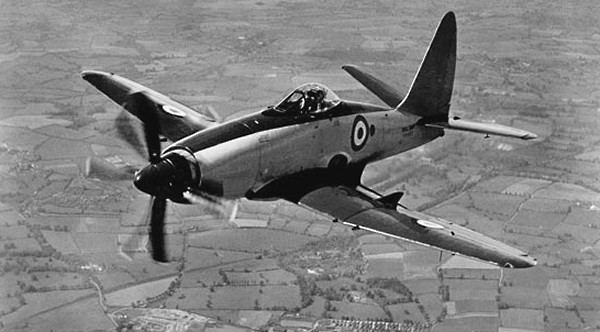Country United Kingdom | Battle honours None | |
 | ||
Active 3 March 1942 - 1 May 1944April 1945 - August 195522 January 1972 - 1 January 19812003 - present Role Elementary Flying Training Motto(s) Experentia docet(Latin: "Experience teaches") | ||
703 Naval Air Squadron of the Fleet Air Arm of the Royal Navy was formed as a long-range catapult squadron on 3 March 1942 at RNAS Lee-on-Solent. During the Cold War, it was reformed as an experimental trials unit, and then as a helicopter training squadron. Since 2003, the squadron has formed the Royal Naval wing of the Defence Elementary Flying Training School at RAF Barkston Heath.
Contents
World War II
On 3 March 1942, 703 Naval Air Squadron was formed at RNAS Lee-on-Solent as a long-range catapult squadron flying Fairey Swordfish, and later other aircraft types including Hawker Hurricanes. Flights were deployed in Armed Merchant Cruisers for patrolling duties. The squadron also operated three Supermarine Walrus amphibian aircraft from an airfield in South Africa. On 1 May 1944, the squadron was disbanded.
Air Sea Warfare Development Unit (1945 - 1950)
In April 1945, the squadron was reformed as the Air Sea Warfare Development Unit (ASWDU) at RAF Thorney Island, to conduct experimental trials on a large variety of aircraft including the Grumman Avenger, Fairey Barracuda, Fairey Firefly and de Havilland Sea Mosquito.
Service Trials Unit (1950 - 1955)
In April 1950, the squadron moved to RAF Ford (now the site of HM Prison Ford), and was renamed the Service Trials Unit. At Ford it experimented with British innovations in aircraft carrier operations, including the mirror landing aid and the steam catapult. Another esoteric idea, which was not put into operation, was the plan to land jet aircraft on to a flexible deck, without the use of an undercarriage; trials were conducted by the squadron using a de Havilland Sea Vampire. New aircraft types were also evaluated, and 703 NAS conducted trials on the Fairey Gannet AS1 and Westland Wyvern. In August 1955, 703 NAS and 771 NAS amalgamated to form 700 Naval Air Squadron.
Wasp training squadron (1972 - 1981)
On 22 January 1972, 703 NAS was re-formed at RNAS Portland to conduct training on the Westland Wasp, including from February 1975 advanced training, a role it took over from 706 Naval Air Squadron. On 1 January 1981, after 9 years of training aircrew on the Wasp, the squadron was disbanded.
Elementary Flying Training (2003 - present)
In 1993, the RAF and RN Elementary Flying Training was merged to form a single school at RAF Topcliffe, and from 1995, at RAF Barkston Heath. In 1996, after taking on Army Air Corps training, the unit was renamed the Joint Elementary Flying Training School (JEFTS). In 2003, the RAF withdrew from the organisation, and the unit was renamed the Defence Elementary Flying Training School (DEFTS). At this time, the Royal Naval element was organised as 703 Naval Air Squadron, and the Army element became 674 Squadron Army Air Corps. 703 NAS trains about 60 Royal Navy pilots every year, until 2009 in the Slingsby Firefly, and since then in the Grob Tutor.
Aircraft flown
Largely because of its role as a trials unit in the 1950s, 703 Naval Air Squadron has flown a large number of aircraft types, including:
